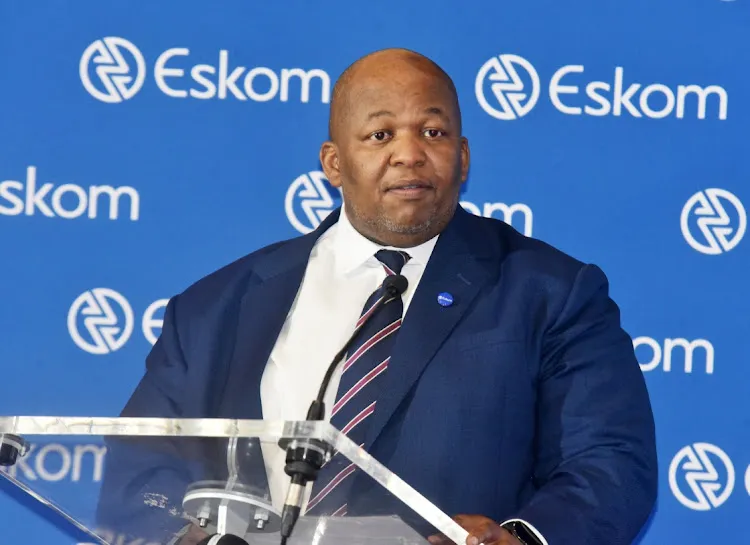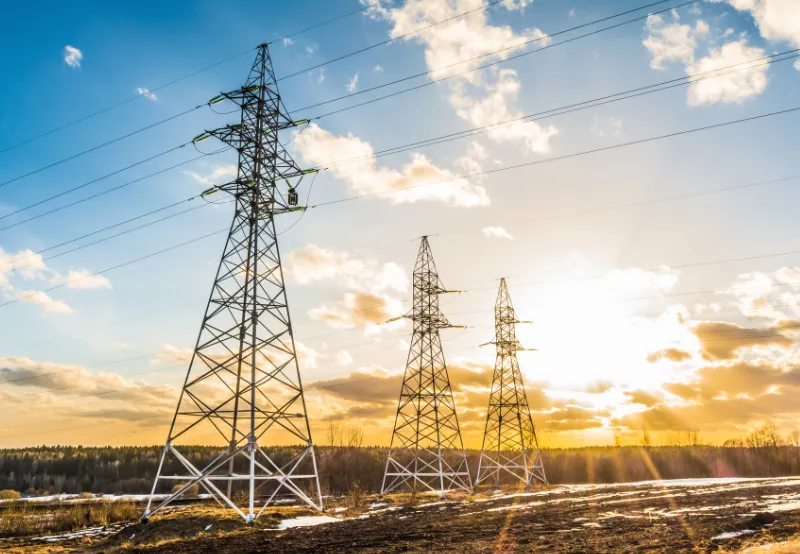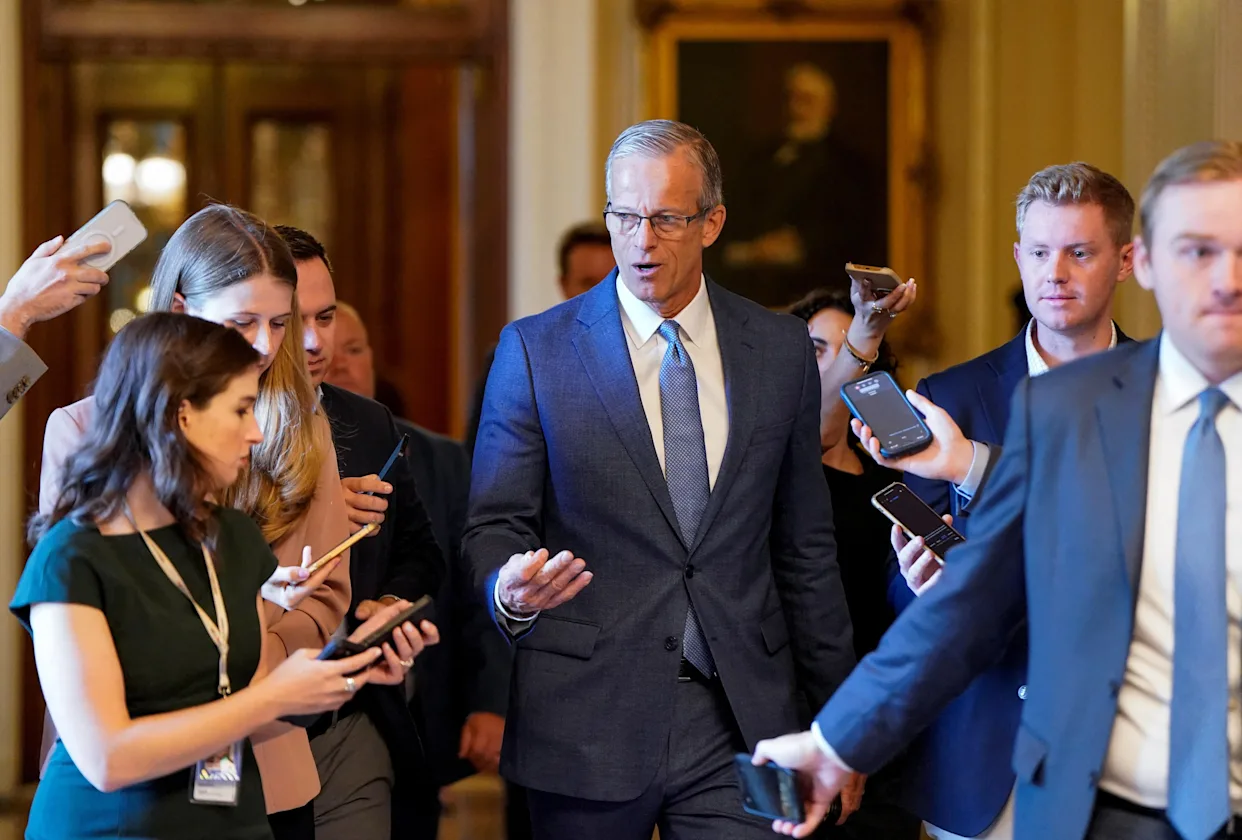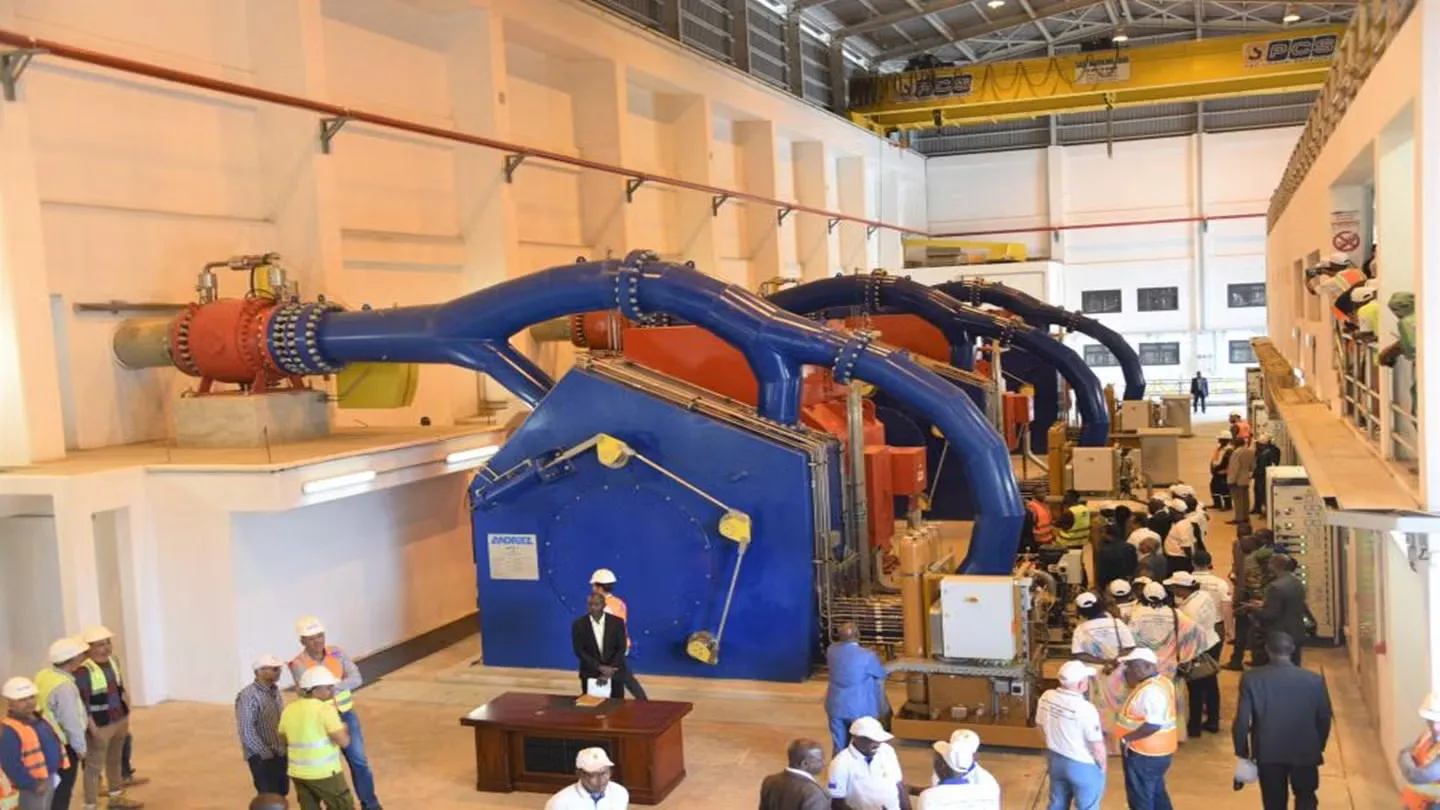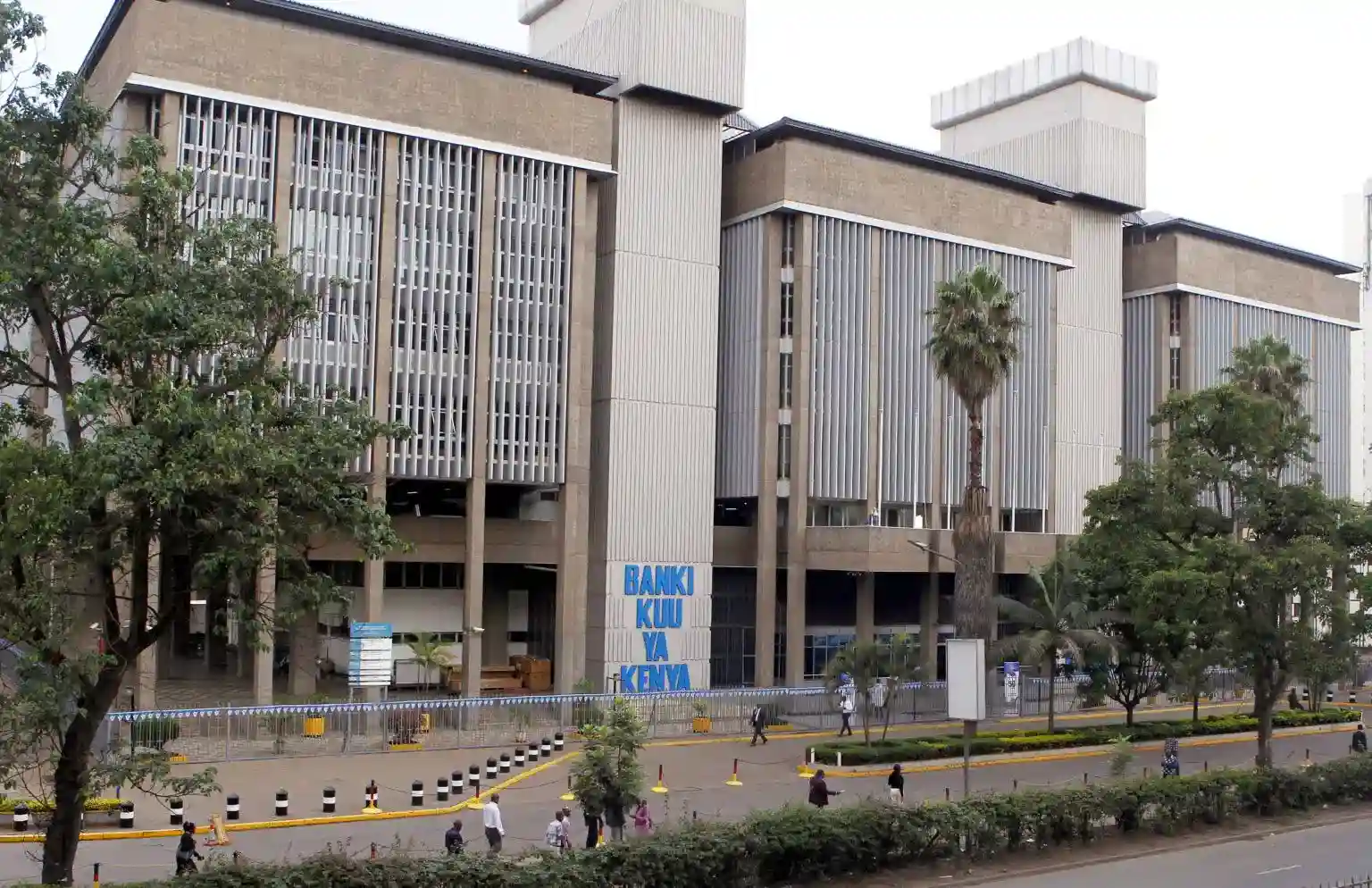Eskom has delivered a message of optimism to South Africans ahead of the coming winter season, promising no load shedding for at least the next four months and warning that, even in a worst‑case scenario, rolling blackouts would be limited to brief, low‑level interruptions. At a pre‑winter media briefing on May 5, 2025, held at Megawatt Park in Johannesburg, Energy Minister Kgosientsho Ramokgopa and Eskom CEO Dan Marokane outlined how a combination of maintenance turnarounds, returning power stations, and targeted operational reforms have set the stage for a more reliable electricity supply through to September.
From Crisis to Cautious Optimism
South Africans have endured years of debilitating power cuts. What began as occasional stage‑1 interruptions in 2008 has, in recent times, morphed into rounds of stage‑6 or even stage‑8 shedding, plunging homes into darkness and crippling businesses. The 2023–24 period was particularly punishing: over 100 days of load shedding forced households to rely on candles and inverters, while factories and mines shuffled shifts around unpredictable blackouts. Yet under its two‑year “maintenance and stability” programme, Eskom has racked up 352 consecutive days free of load shedding and added roughly 3.1 gigawatts (GW) of generation capacity back to the grid, even as it saved more than R16 billion by cutting diesel costs on emergency turbines.
Speaking alongside Ramokgopa, Marokane told reporters that Eskom expects unplanned outages to hover between 13 GW and 15 GW over the winter months. “If we remain at the lower end of that range, South Africa will see no load shedding. Even if we hit the upper limit, we are forecasting no more than 21 days of stage‑2 cuts,” he said, an assurance that reflects a remarkable turnaround in performance and confidence after years of crisis management.
The Return of Kusile, Medupi, and Koeberg
A key pillar of Eskom’s improved outlook has been the gradual return to service of critical generation units. In recent weeks, units 1, 2, and 3 at the Kusile coal‑fired power station—each capable of producing around 800 megawatts (MW)—have successfully completed maintenance and resumed full operation. These units alone contribute some 2.4 GW to the national grid. Soon, unit 6 at the neighboring Medupi station, which was idled for extensive overhaul work earlier this year, is scheduled to rejoin the system by the end of May, bringing an additional 800 MW online.
Further bolstering generation is the extension of life at Koeberg nuclear plant near Cape Town. Regulatory approval granted in mid‑2024 allows unit 1 to operate for another two decades, while unit 2 is in the final stages of maintenance and set to return before winter truly bites. Between the two reactors, Koeberg adds roughly 1.8 GW of stable, baseload power—an invaluable hedge against the intermittent nature of renewables and the vagaries of coal‑plant upkeep.
These returns come on top of dozens of smaller units at older plants like Duvha, Kriel, and Kendal, where focused repairs and boiler refurbishments have steadily reduced forced breakdowns. Altogether, Eskom’s maintenance drive has reclaimed more than 3 GW of capacity, narrowing the gap between supply and peak winter demand, which can surge above 28 GW on the coldest evenings.
Lessons from Recent Interruptions
Eskom chairman Mteto Nyati was candid about the missteps that precipitated five unexpected load‑shedding events earlier in the year. “Our analysis showed leadership breakdowns and lapses in following standard procedures during maintenance,” he said. “We are holding individuals accountable and reinforcing best practices at every level.” This culture shift includes beefed‑up training for plant crews, tougher gate‑keeping on work permits, and a new digital dashboard that tracks maintenance tasks in real time.
Nyati acknowledged that no organizational turnaround is ever a straight line: “Setbacks are part of the journey. What matters is that we learn quickly, adapt, and keep the lights on for our people.” His message mirrored Marokane’s emphasis on continuous improvement, cautioning that while winter should be stable, Eskom must guard against complacency.
Strengthening the Transmission Network
Reliable generation is only half the battle. Eskom’s transmission arm has also been digging into constraints on high‑voltage lines and substations that once throttled power flows between provinces. Over the past year, major upgrades on the grid corridor linking Mpumalanga—home to most coal stations—to Gauteng have eased bottlenecks, allowing up to 5 GW of extra capacity to flow into the economic heartland. In Limpopo and the Eastern Cape, similar investments have unlocked previously under‑utilized circuits, reducing losses and improving voltage stability.
Partnerships with private contractors and investment in new tower foundations have accelerated the pace of line rehabs. In some cases, transmission crews have raised lines to help mitigate the risk of veld fires, a perennial threat during summer months that can trigger cascading blackouts. Expanded monitoring through drones and infrared cameras now identifies potential hotspots before they become emergencies.
Diesel Reserves and Demand‑Side Management
In parallel, Eskom has trimmed its reliance on diesel‑fired open‑cycle gas turbines, which once provided a safety net during peak demand but at a steep cost to the fiscus. By improving coal‑plant availability, the utility cut diesel spend by R16 billion in the past year alone. Nevertheless, around 1.2 GW of reciprocating engines remains on standby, ready to inject power back into the network if unplanned coal‑plant outages spike above forecasts.
On the demand side, Eskom’s rollout of Time‑of‑Use tariffs and the Week‑End Saver programme has flattened peak demand by incentivizing households and businesses to shift heavy consumption—such as washing machines, electric gates, and pool pumps—to off‑peak hours. Recent data show a 4 percent reduction in morning spikes and a 6 percent drop in evening peaks, translating to a smoother demand curve that eases pressure on aging infrastructure.
Impact on Households and Small Businesses
For many South Africans, the prospect of uninterrupted winter evenings brings relief beyond mere convenience. Rural clinics are better able to refrigerate vaccines, crèches can operate without interruption, and small retailers who depend on lighting to display goods will no longer lose precious trading hours. Street‑corner braai stalls—where families gather for grilled meats—can run without the lanterns or generators that once cast a yellow glow over the pavement.
Take Mbali Gumede, who runs a taxi‑and‑minibus dispatch office in Soweto. “Load shedding used to cost me R500 a day in generator hire and lost calls,” she explains. “If Eskom keeps its promise, I can invest that money in running air time promotions to grow my business.” Such everyday savings ripple outward, bolstering local economies and reducing the burden on households already squeezed by inflation.
Broader Policy and Reform Context
Eskom’s winter stability pledge arrives amid a broader reform drive under President Cyril Ramaphosa’s administration. The government’s Integrated Resource Plan (IRP) envisions a diversified energy mix by 2030, with renewables, gas, and pumped‑storage complementing existing coal and nuclear assets. To that end, Independent Power Producers (IPPs) have been fast‑tracked, adding nearly 4 GW of solar and wind capacity to the national grid since 2022.
In April, the Department of Mineral Resources and Energy unveiled proposals to unbundle Eskom into separate generation, transmission, and distribution entities. Advocates argue that this structural separation will increase financial transparency, attract private investment, and foster competition in the distributed‑generation space—factors deemed essential to offset Eskom’s R488 billion debt burden and recurring subsidy dependence.
Financing the Turnaround
Funding has come from a mix of government guarantees, internal cost‑savings, and commercially priced loans from multilateral agencies. Last year, the National Treasury extended an R23 billion overdraft facility to Eskom for working‑capital support, while the African Development Bank approved a concessional loan to boost transmission upgrades. At the same time, Eskom’s own cost‑containment efforts—ranging from procurement reforms to headcount reductions—pushed down operating expenses by 3 percent, allowing more capital to flow into critical maintenance.
Independent analysts caution, however, that Eskom’s debt remains unsustainable without a credible turnaround plan that restores full cost recovery on tariffs. In March 2025, the National Energy Regulator approved a 7.4 percent increase in average electricity tariffs for the coming financial year, a decision that balances the need for revenue with concerns over affordability for low‑income households.
Preparing for Summer and Beyond
While winter stability is a welcome milestone, Eskom is already casting its gaze toward the hotter months, when air‑conditioning load can spike demand by 2–3 GW on the hottest days. The utility is fast‑tracking a second wave of maintenance on critical coal‑plant boilers during the relatively quiet spring period, aiming to improve availability ahead of December and January, historically the most vulnerable times for outages.
Moreover, Eskom plans to pilot battery‑energy‑storage installations at select substations, leveraging captive solar sites to smooth out midday solar peaks and reduce reverse power flows. If successful, these projects could lay the groundwork for a larger rollout of grid‑scale storage, further bolstering reliability as renewables come online.
Regional Cooperation and Energy Security
South Africa does not operate in isolation; it is part of the Southern African Power Pool, a cooperative arrangement among utilities in 12 countries. In recent years, Eskom has imported power from hydro stations in Mozambique and Zambia during peak shortages. Conversely, improved local capacity means South Africa can supply neighbors when they face drought‑induced hydropower deficits. This cross‑border trade not only earns Eskom valuable foreign currency but also cements regional energy security.
Looking ahead, planned transmission links to Namibia and Zimbabwe will strengthen these trade corridors, while proposals to tap gas supplies off the eastern coast of Africa could diversify fuel sources and reduce reliance on coal. Such regional integration reflects a broader vision of a resilient, interconnected energy landscape across southern Africa.
Human Capital and Institutional Culture
Eskom’s revival hinges not only on machinery and megawatts but also on people. Leadership changes in recent years have prioritized technocratic expertise and accountability. New performance‑based contracts for senior managers align bonuses with plant‑availability targets and safety metrics, while a revamped apprenticeship programme is training the next generation of boilermakers, control‑room operators, and lines‑crew technicians.
At Megawatt Park, staff surveys show a marked improvement in morale, with over 70 percent of employees now expressing confidence in the company’s direction—up from just 45 percent two years ago. Cultural initiatives, such as safety‑day roadshows and town‑hall feedback sessions, reinforce the message that every staff member has a role in keeping the lights on.
Challenges Remain, but the Path Is Clearer
Despite the progress, risks linger. Global coal prices remain volatile, potential load‑growth from data centers could strain capacity unexpectedly, and unplanned breakdowns can never be entirely eliminated. The specter of severe weather—flooding at coal mines or storms felling transmission towers—remains a wildcard. Eskom’s ability to respond rapidly to emergencies will be tested.
Yet for the next four months at least, South Africa can breathe easier. Eskom’s winter pledge—no load shedding, barring the most extreme scenarios—signals a watershed moment in the utility’s chronic crisis. It shows what a focused, well‑funded maintenance programme, clear leadership accountability, and strategic partnerships can achieve. If the promise holds, the coming winter will mark the first season in more than a decade that South Africans can rely on their electric kettles and heaters without fear the lights will go out.
Ready to take your career to the next level? Join our dynamic courses: ACCA, HESI A2, ATI TEAS 7 , HESI EXIT , NCLEX – RN and NCLEX – PN, Financial Literacy!🌟 Dive into a world of opportunities and empower yourself for success. Explore more at Serrari Ed and start your exciting journey today! ✨
photo source: Google
By: Montel Kamau
Serrari Financial Analyst
6th May, 2025
Article, Financial and News Disclaimer
The Value of a Financial Advisor
While this article offers valuable insights, it is essential to recognize that personal finance can be highly complex and unique to each individual. A financial advisor provides professional expertise and personalized guidance to help you make well-informed decisions tailored to your specific circumstances and goals.
Beyond offering knowledge, a financial advisor serves as a trusted partner to help you stay disciplined, avoid common pitfalls, and remain focused on your long-term objectives. Their perspective and experience can complement your own efforts, enhancing your financial well-being and ensuring a more confident approach to managing your finances.
Disclaimer: This article is for informational purposes only and does not constitute financial advice. Readers are encouraged to consult a licensed financial advisor to obtain guidance specific to their financial situation.
Article and News Disclaimer
The information provided on www.serrarigroup.com is for general informational purposes only. While we strive to keep the information up to date and accurate, we make no representations or warranties of any kind, express or implied, about the completeness, accuracy, reliability, suitability, or availability with respect to the website or the information, products, services, or related graphics contained on the website for any purpose. Any reliance you place on such information is therefore strictly at your own risk.
www.serrarigroup.com is not responsible for any errors or omissions, or for the results obtained from the use of this information. All information on the website is provided on an as-is basis, with no guarantee of completeness, accuracy, timeliness, or of the results obtained from the use of this information, and without warranty of any kind, express or implied, including but not limited to warranties of performance, merchantability, and fitness for a particular purpose.
In no event will www.serrarigroup.com be liable to you or anyone else for any decision made or action taken in reliance on the information provided on the website or for any consequential, special, or similar damages, even if advised of the possibility of such damages.
The articles, news, and information presented on www.serrarigroup.com reflect the opinions of the respective authors and contributors and do not necessarily represent the views of the website or its management. Any views or opinions expressed are solely those of the individual authors and do not represent the website's views or opinions as a whole.
The content on www.serrarigroup.com may include links to external websites, which are provided for convenience and informational purposes only. We have no control over the nature, content, and availability of those sites. The inclusion of any links does not necessarily imply a recommendation or endorsement of the views expressed within them.
Every effort is made to keep the website up and running smoothly. However, www.serrarigroup.com takes no responsibility for, and will not be liable for, the website being temporarily unavailable due to technical issues beyond our control.
Please note that laws, regulations, and information can change rapidly, and we advise you to conduct further research and seek professional advice when necessary.
By using www.serrarigroup.com, you agree to this disclaimer and its terms. If you do not agree with this disclaimer, please do not use the website.
www.serrarigroup.com, reserves the right to update, modify, or remove any part of this disclaimer without prior notice. It is your responsibility to review this disclaimer periodically for changes.
Serrari Group 2025

